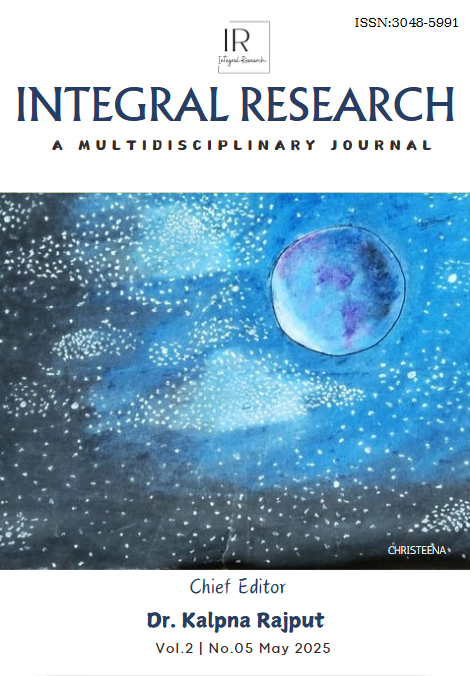Reimagining the Mahabharata: Agency, Ambition, and Tragedy in the Lives of Satyavati and Amba
Main Article Content
Abstract
The Mahabharata, a cornerstone of Indian epic tradition traditionally centred on male heroes, is increasingly being reimagined by contemporary authors who spotlight its marginalised female figures. This paper examines two such feminist retellings: Kavita Kané’s portrayal of Satyavati in The Fisher Queen's Dynasty and Laksmi Pamuntjak’s exploration of Amba in The Question of Red. Kané presents Satyavati as a figure of proactive, strategic agency, driven by ambition born from injustice to seize power and secure her lineage, actively manipulating circumstances and individuals like Bhishma. Conversely, Pamuntjak utilises Amba’s mythic tragedy, rooted in thwarted love and culminating in a consuming quest for revenge, as an archetype resonating through modern Indonesian history, framing her agency as reactive yet enduringly potent, defined largely by her traumatic relationship with Bhishma. The analysis contrasts Satyavati’s calculated path to power with Amba’s trajectory fueled by love, loss, and vengeance. It further explores the pivotal but distinct role of Bhishma in each narrative—an obstacle and tool for Satyavati, the source of defining love and trauma for Amba. Kané’s straightforward dive into the psyche paired with Pamuntjak’s richly history-soaked style shows us that modern literature isn’t simply retelling epic tales—it’s twisting them in unexpected ways, frequently flipping tired patriarchal scripts and, in many cases, offering a fresh, if sometimes messy, look at female drive, ambition, and the subtle strains of tragedy woven throughout the Mahabharata’s intricate world. These reimaginings affirm the epic's enduring relevance and the vital necessity of reclaiming overlooked female perspectives.
Downloads
Article Details
Section

This work is licensed under a Creative Commons Attribution-NonCommercial 4.0 International License.

